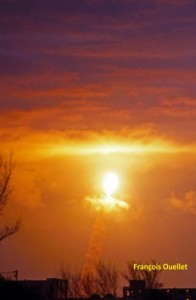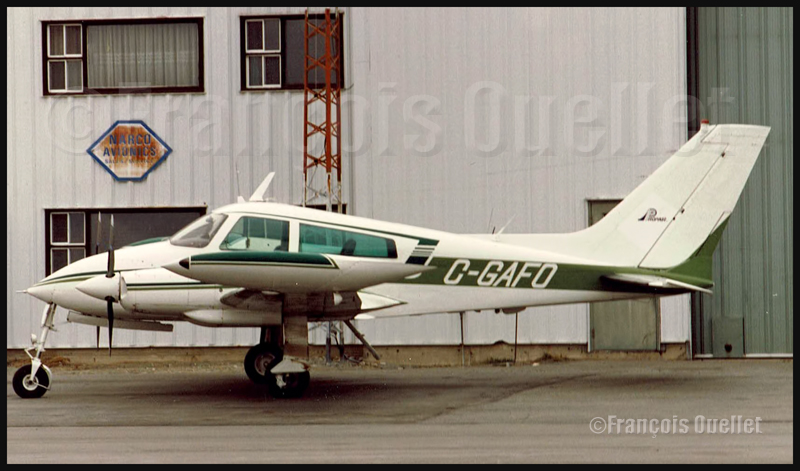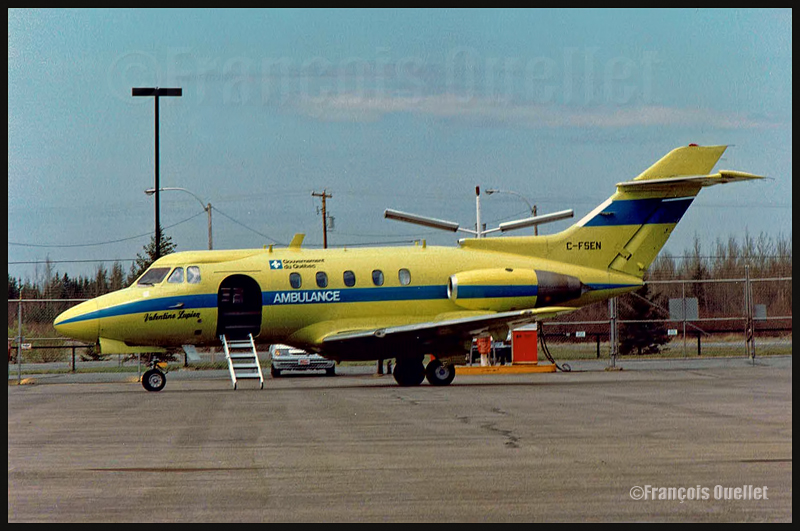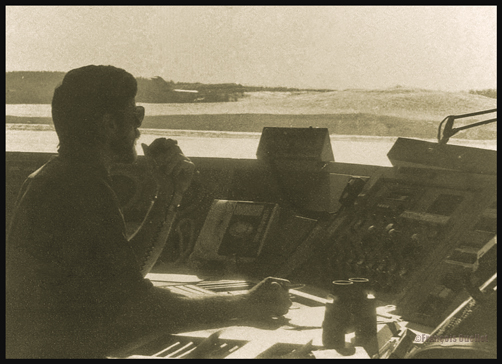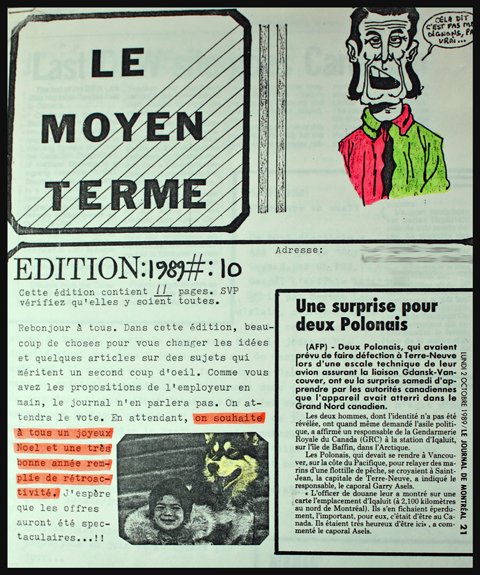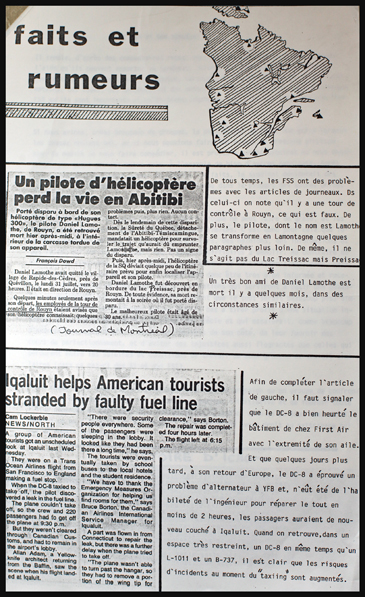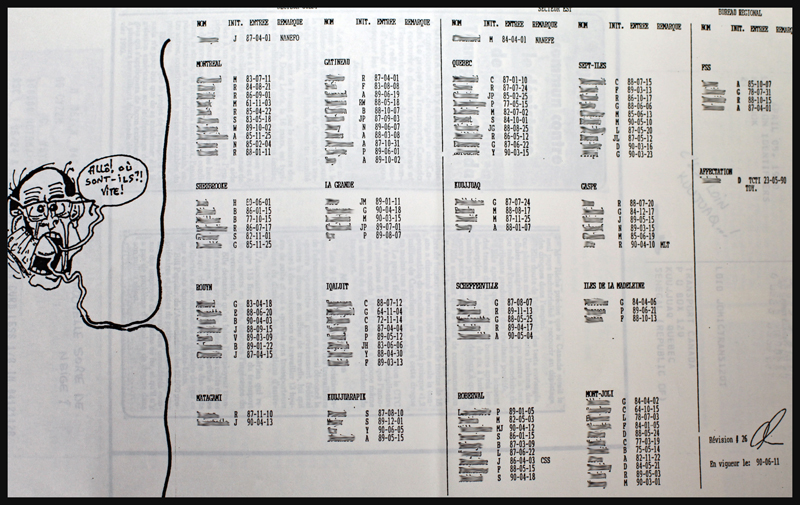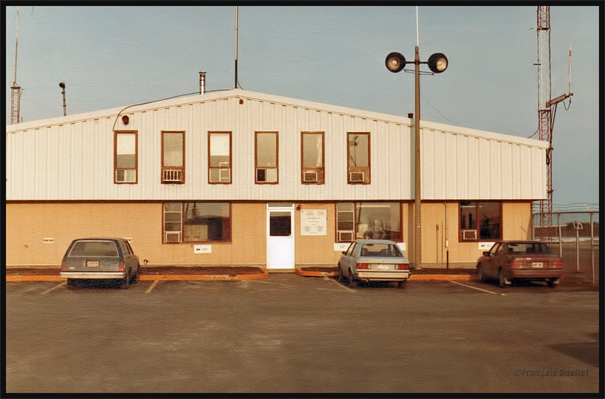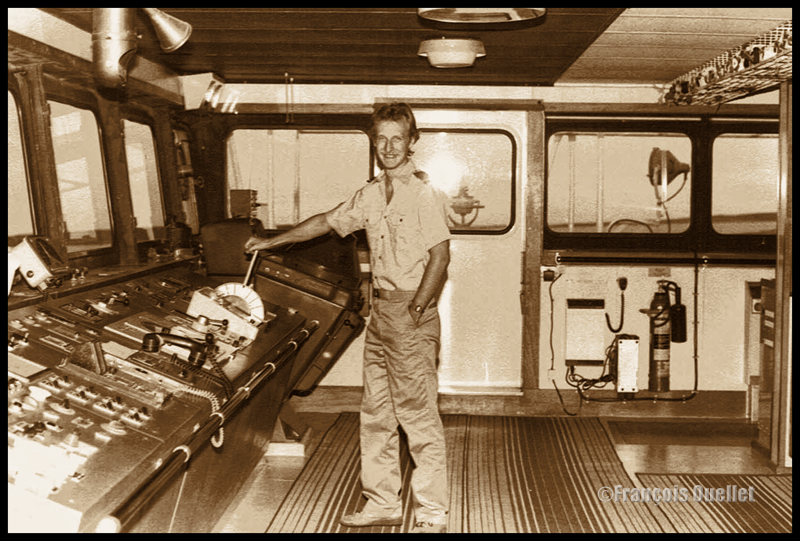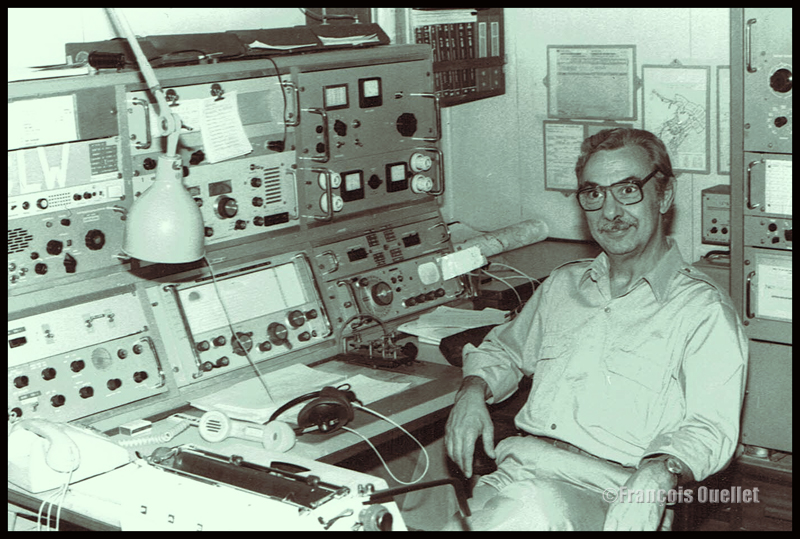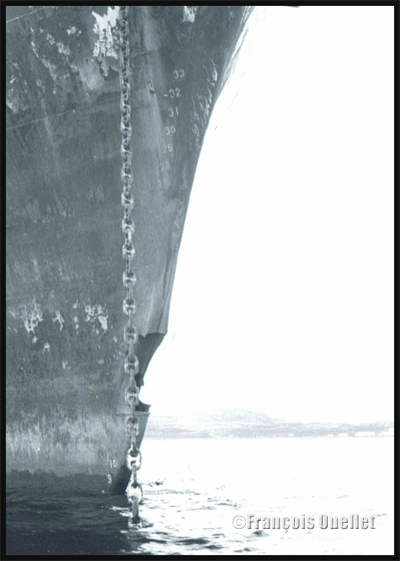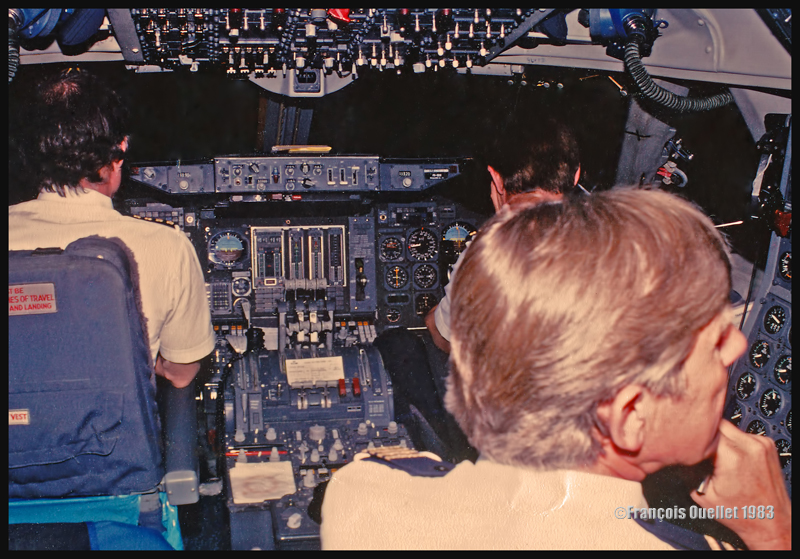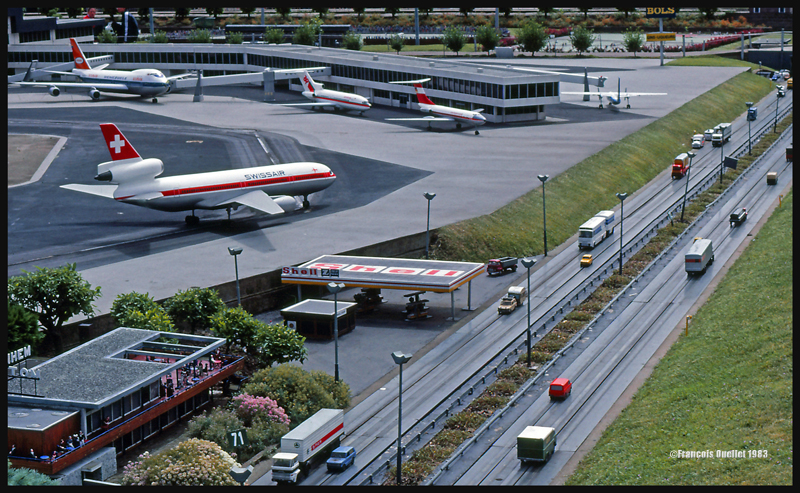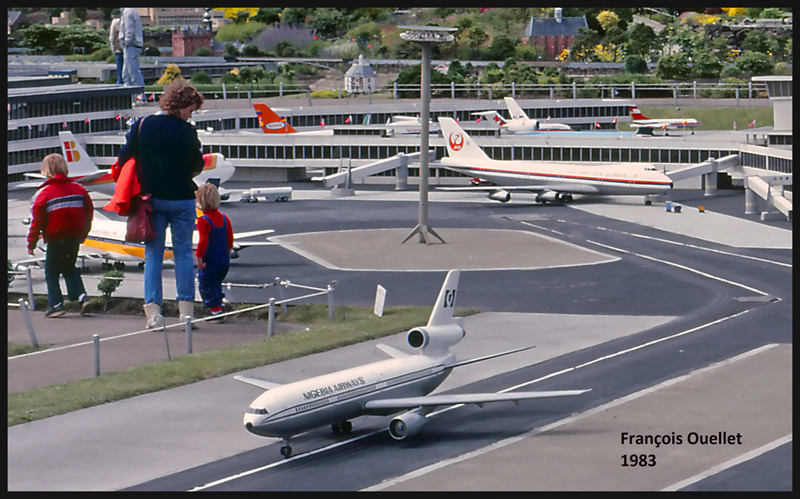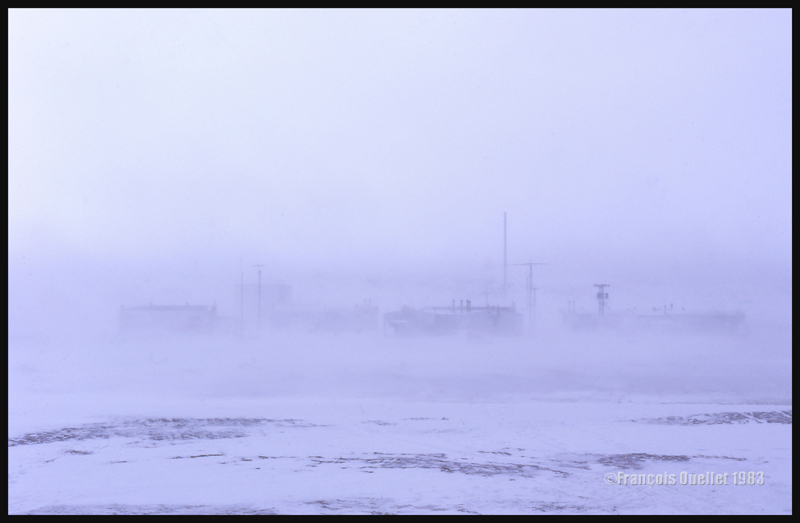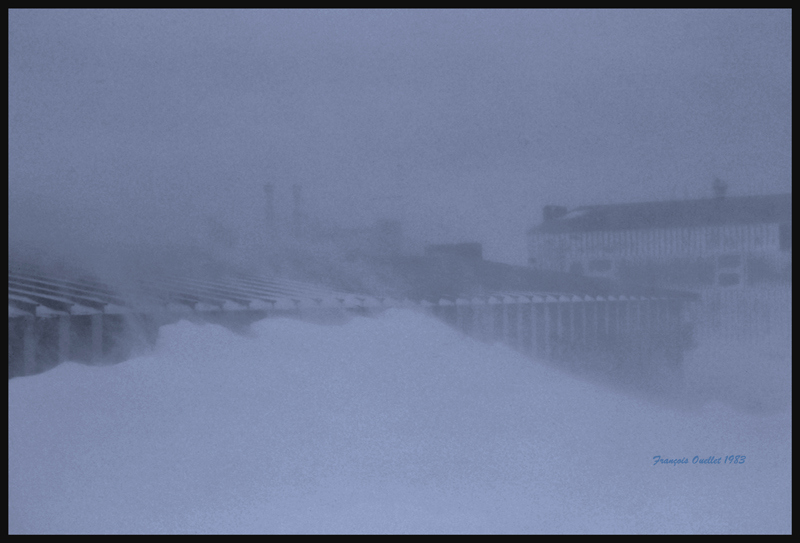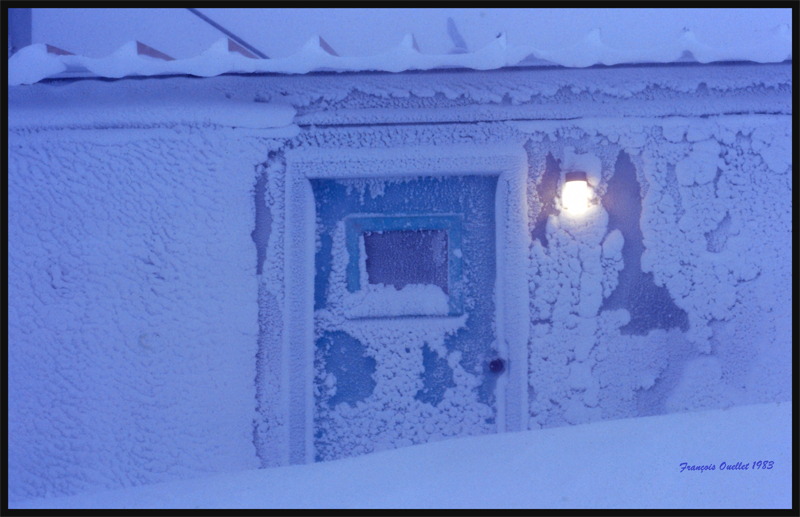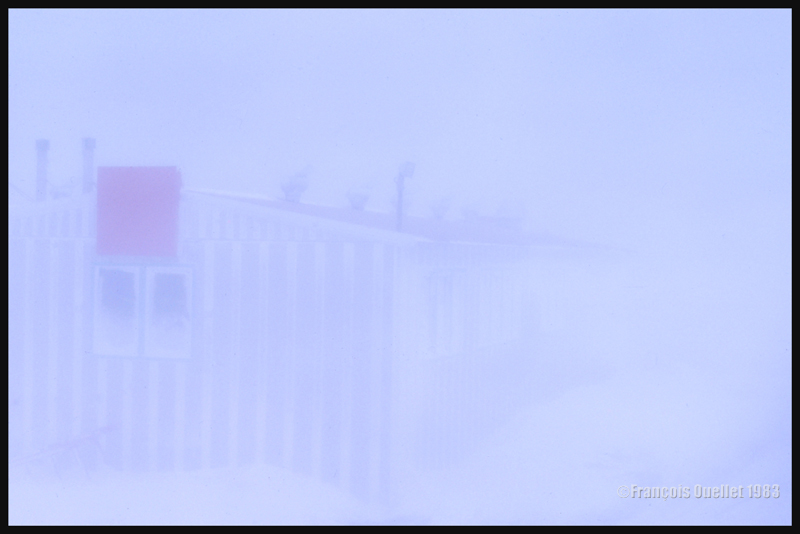October 1984. It was time for the annual holidays. Florida was the destination. What made the trip more interesting was that the Challenger space shuttle would be launched while we would be there, and that the Canadian astronaut Marc Garneau would be on board. He was the first Canadian astronaut to have the opportunity to go in space.
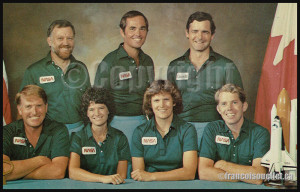
The plane’s tickets were bought and one morning of the whole trip was reserved for the shuttle’s takeoff. I was planning to take a picture of the launch from Cocoa Beach. The shuttle would be airborne before daylight, while it was still quite dark.
I had a very basic Pentax camera at the time and all the settings had to be done manually. The aperture and speed were adjusted to ensure a well-balanced picture. But I never expected that the gas combustion would illuminate the sky in such a radical way. I believed, like many people, that the thundering noise from the engines would be the first sign that the launch had just happened.
But the speed of light being way faster that the speed of sound, we suddenly experienced a radical change in the ambient light. I had barely enough time to modify the settings before the shuttle entered the clouds. But I still managed to bring back a little souvenir from that day…
I had just seen something spectacular. I knew that on board were pilots with exceptional talent.
But two months before, while I was working as a flight service specialist (FSS) at the Transport Canada flight service station in Rouyn-Noranda (CYUY), I witnessed a different kind of performance. One day that I was listening on a frequency that is not normally used for communications between pilots and air traffic service units, I heard two pilots exchange the questions and answers found on airline pilot license written exams. The pilot’s comments gave me the feeling that they would be very lucky to succeed at such a written exam.
I took the microphone and, without announcing myself, intervened as a third party in the discussion. I asked them to repeat the questions and answers that they just gave each other since I did not have time to copy everything.
The pilots were stunned to realize that other people were listening while they were exchanging the data on the air. One of them said: “Did you hear that?” They immediately ended the radio communication. The simple fact of using radio frequencies for such activities told a lot about the quality of their judgment. And judgment is an essential quality of every performing pilot…
For more real life stories on the Rouyn-Noranda flight service station and flight service specialists, click here:
